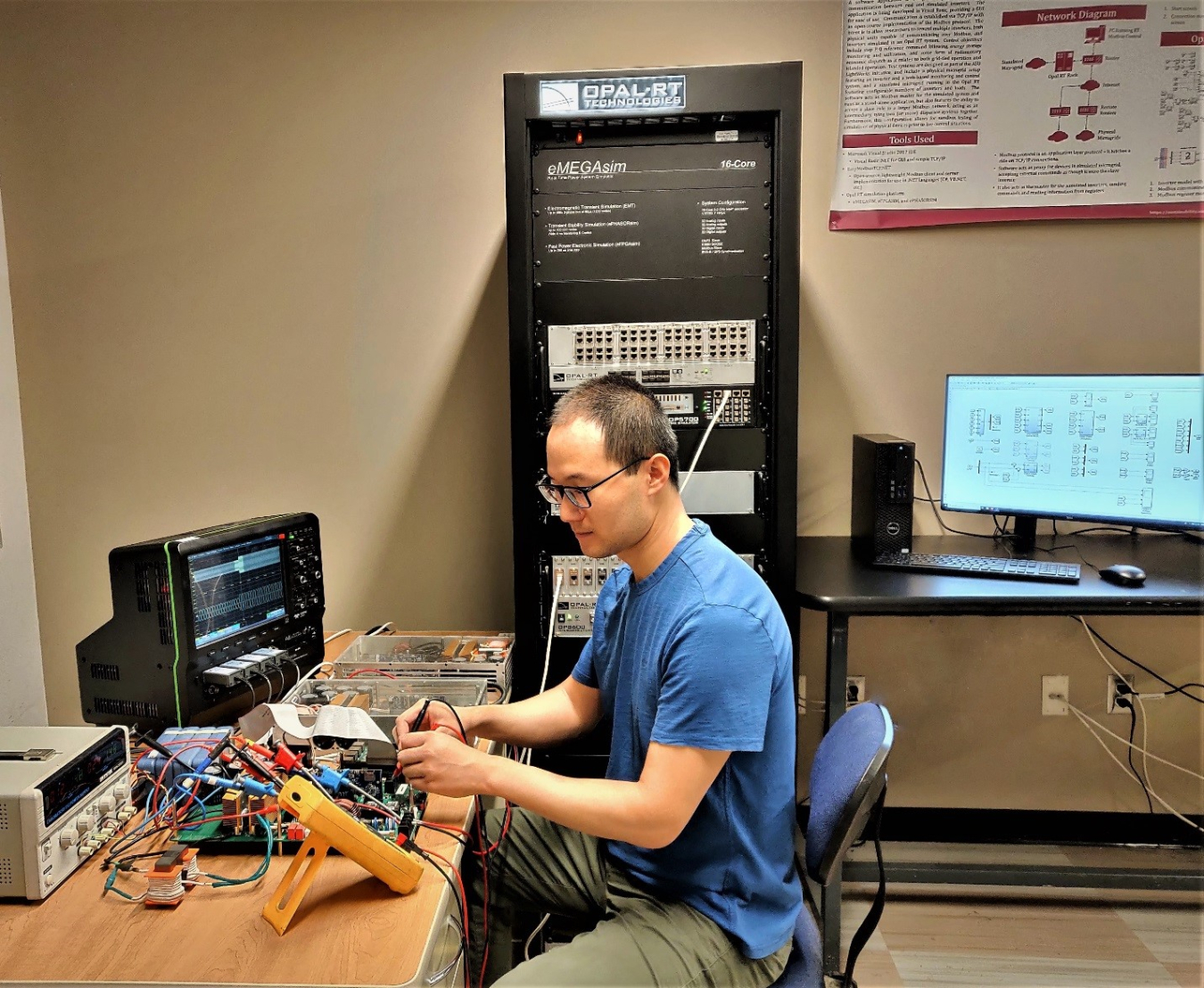Project Name: Enhancing Grid Reliability and Resilience through Novel DER Control, Total Situational Awareness, and Integrated Distribution-Transmission Representation
Funding Opportunity: Advanced Systems Integration for Solar Technologies: Situational Awareness and Resilient Solutions for Critical Infrastructure
SETO Subprogram: Systems Integration
Location: Tempe, AZ
SETO Award Amount: $3 million
Awardee Cost Share: $900,000
-- Award and cost share amounts are subject to change pending negotiations --
This project will focus on enabling high levels of distributed energy resources (DER), including solar photovoltaics (PV), in power distribution systems while increasing grid resilience, reliability, and security. Using advanced models and a kind of artificial intelligence called deep learning, the project team will identify new approaches for operating, controlling, and planning power distribution systems. Results will enable sensors and other new technologies to provide a real-time, comprehensive approach to controlling these systems.
APPROACH
The project team will develop and validate power distribution models that will generate data. They will then use that data to develop software tools. These tools will be used to create a solar energy optimization platform with a network of sensors that can coordinate events and decision-making on the electric grid. Deep learning techniques will help provide real-time assessments of how much solar energy can be safely integrated into the electrical system and will coordinate with distributed generation units. The team will demonstrate that their approaches can be integrated into the distribution system using hardware-in-loop testing, which simulates the grid.
INNOVATION
The team will apply deep learning methods at scale to design robust power electronics controls and maximize solar distribution. Intelligent devices will enable fully coordinated and secure control of distributed generation resources. This project will lead to the development of software and analytics tools that help grid operators integrate more artificial intelligence, more device monitoring and control, and more real-time data visualization into their day-to-day operations so the grid can continue operating reliably and effectively with more solar energy.


